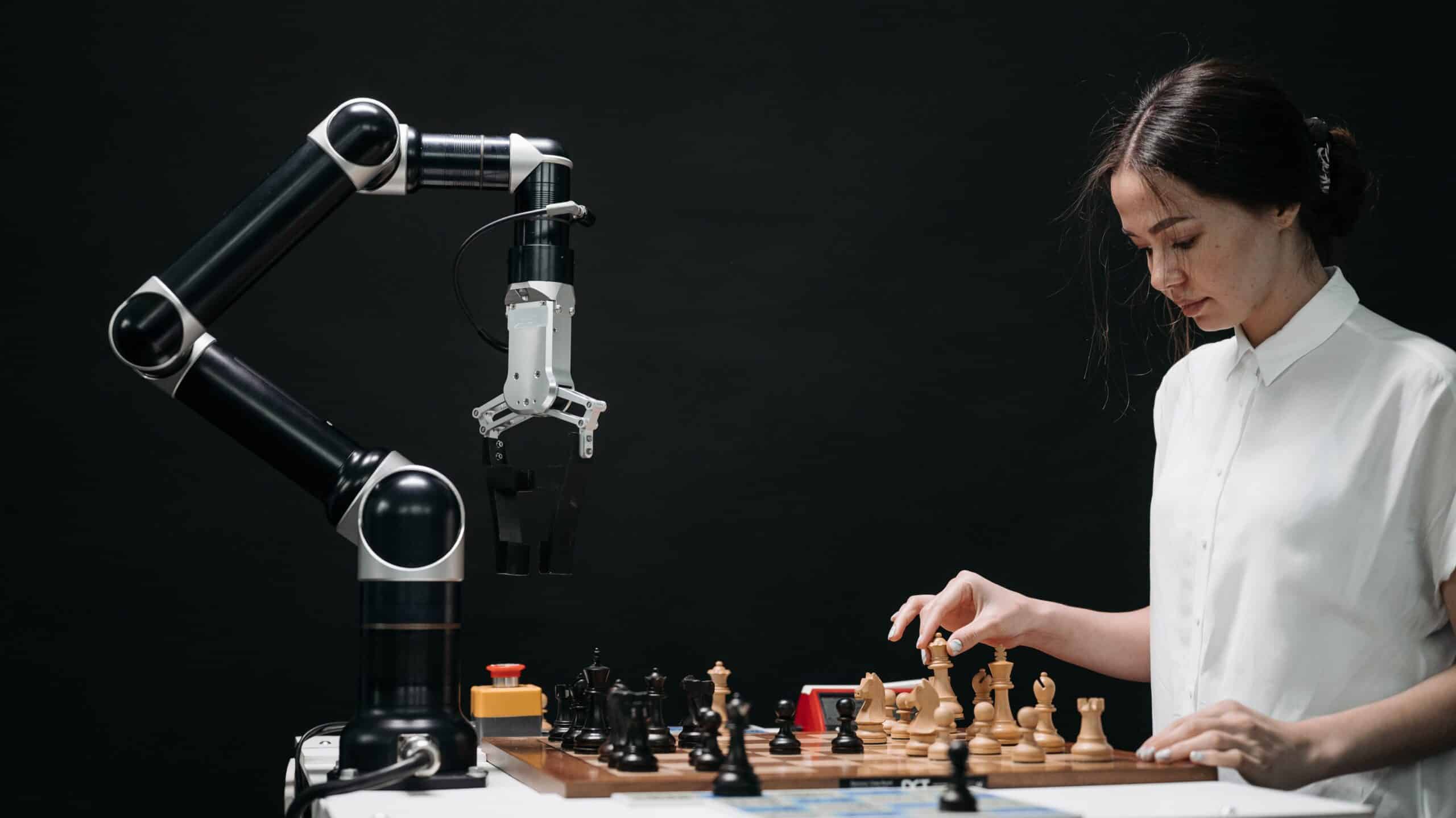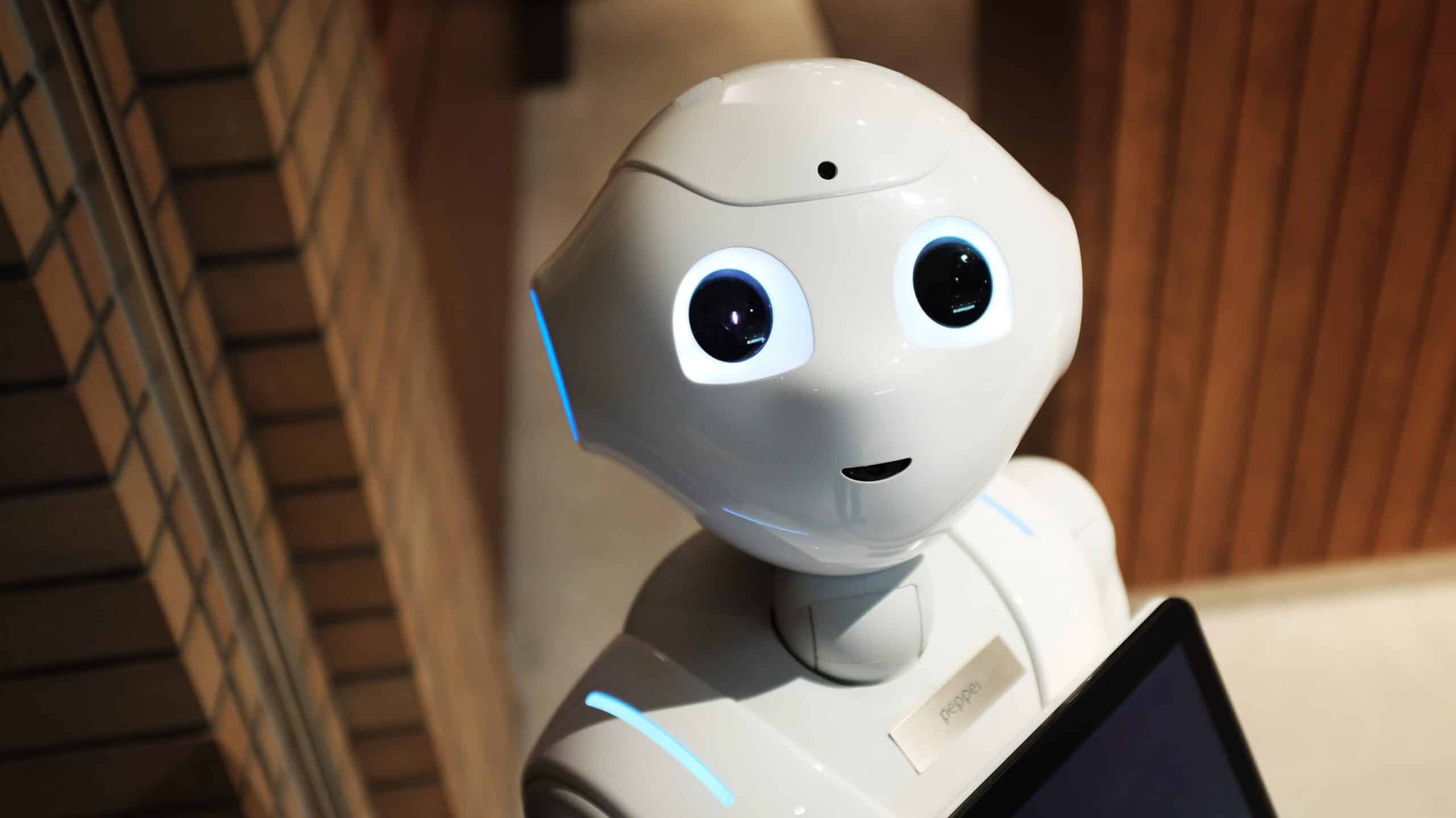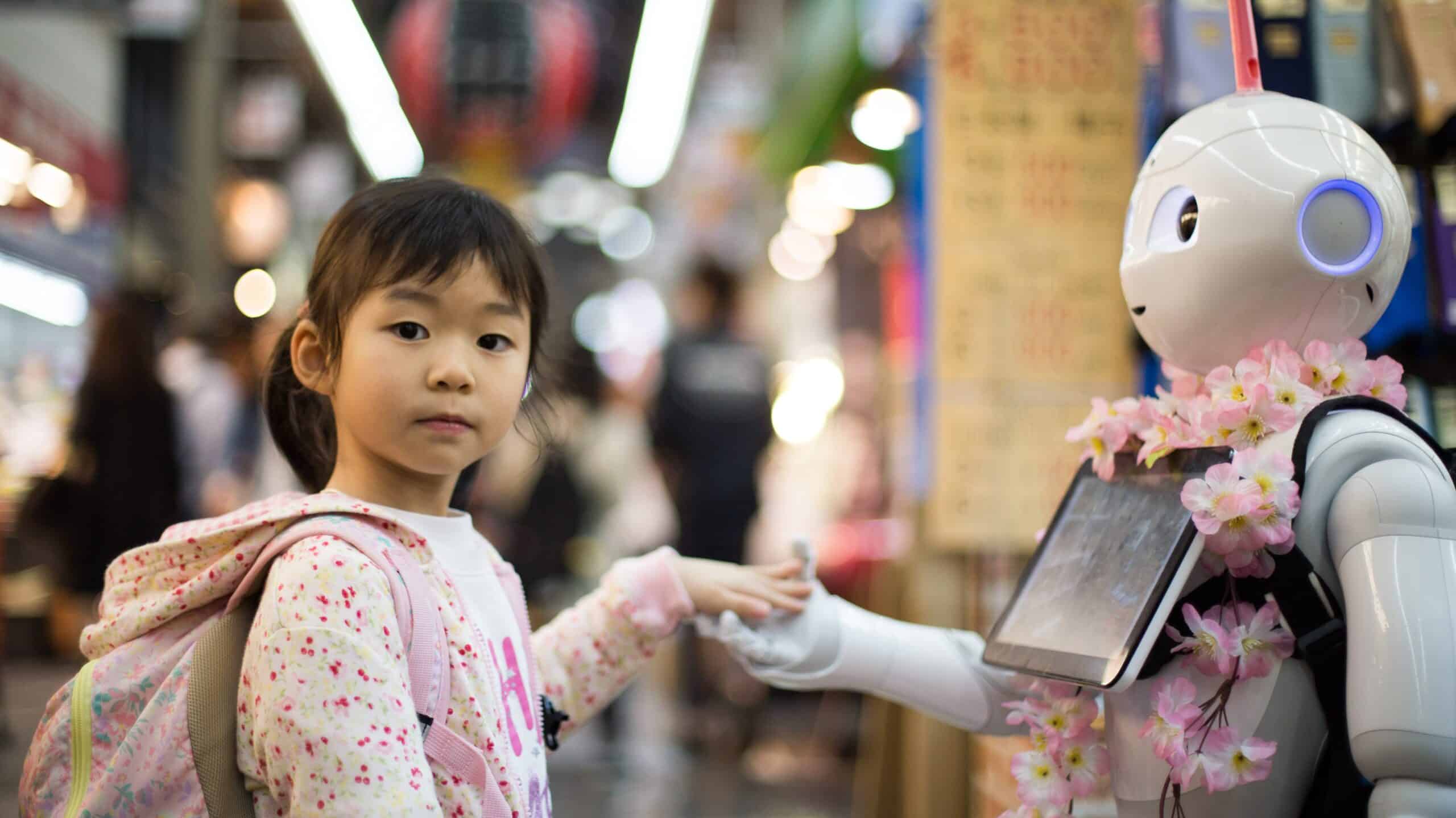Artificial Intelligence, commonly known as AI, has rapidly become one of the most transformative and controversial technologies of the 21st century. From self-driving cars to virtual personal assistants. It is increasingly integrated into various aspects of our lives. This blog post aims to provide a comprehensive understanding of AI by exploring what it is, its advantages and disadvantages, and what the future holds for this exciting field.

AI or artificial intelligence is the field of computer science that deals with creating machines or software that can perform tasks that normally require human intelligence, such as reasoning, learning, decision-making, natural language processing, computer vision, and more. It can be classified into two types: Narrow AI and General AI.
Narrow AI: This is designed for a specific task, such as speech recognition or image classification. It is prevalent in applications like virtual personal assistants and recommendation systems. Narrow AI refers to systems that can perform specific tasks, such as playing chess, recognizing faces, or driving cars.
General AI: Often depicted in science fiction, represents machines with human-like intelligence. These systems can understand, learn, and apply knowledge across a wide range of tasks, essentially emulating human intelligence. It is still a hypothetical concept and has not been achieved yet.
Advantages

It has many advantages that can benefit various fields and industries, such as:
- Enhancing productivity and efficiency: AI can automate repetitive and tedious tasks, such as data entry, customer service, or quality control. This can save time and resources, improve accuracy and consistency, and allow humans to focus on more creative and complex tasks. AI systems can analyze vast amounts of data quickly and accurately, leading to increased efficiency in various industries. This can result in cost savings and improved productivity.
- Improving decision-making and problem-solving: AI-powered machines and software can operate round the clock without fatigue, providing continuous services, from customer support chatbots to automated manufacturing processes. It can analyze large amounts of data, identify patterns and trends, and generate insights and recommendations. This can help humans make better and faster decisions, solve problems, and optimize outcomes.
- Enabling innovation and creativity: AI can generate new and original content, such as music, art, poetry, or code. It can also assist humans in their creative endeavors, such as writing, designing, or composing. It can also discover new knowledge and inventions, such as new drugs, materials, or technologies. It enables the development of personalized recommendations and services. Think of Netflix’s content recommendations or Amazon’s product suggestions.
- Empowering social good and development: AI can address some of the global challenges and issues, such as poverty, health care, education, environment, or human rights. It can also enhance accessibility and inclusion for people with disabilities or marginalized groups. It can automate repetitive and mundane tasks, freeing up human workers to focus on more creative and complex tasks.
Disadvantages

It also has some disadvantages that can pose risks and challenges, such as:
- Losing human jobs and skills: It can replace human workers in some sectors and occupations, such as manufacturing, transportation, or retail. This can lead to unemployment, income inequality, and social unrest. AI can also reduce the need for human skills and abilities, such as critical thinking, communication, or emotional intelligence.
- Causing ethical and moral dilemmas: It can raise ethical and moral questions, such as who is responsible for the actions and outcomes? How to ensure fairness and justice in its decisions? How to protect privacy and security in AI applications? How to respect human dignity and values in AI interactions? AI algorithms can inherit the biases present in the data they are trained on. This can result in discriminatory outcomes, such as biased hiring or lending decisions.
- Creating safety and security threats: It can malfunction or be hacked by malicious viruses. This can cause harm or damage to humans or the environment. For example, autonomous vehicles can crash; facial recognition systems can misidentify people; or cyberattacks can compromise data or systems. It can process vast amounts of personal data, leading to concerns about privacy and data security. There is a risk of misuse or data breaches.
- Exceeding human control and understanding: It can become more intelligent than humans and develop its own goals and motivations. This can lead to unpredictable and undesirable consequences for humanity. For example, superintelligent AI could outsmart humans; rogue AI could harm humans; or singularity could occur.
Future of AI

The future of AI is uncertain and depends on many factors, such as technological breakthroughs, social acceptance, ethical standards, legal regulations, and human collaboration. Some possible scenarios are:
- Advancements in Healthcare: It will play a significant role in healthcare by aiding in diagnostics, drug discovery, and patient care. It could lead to more personalized and effective treatments.
- Autonomous Systems: Self-driving cars, drones, and robots will become more autonomous and integrated into our daily lives, transforming transportation and logistics.
- Education: AI-powered educational tools will personalize learning experiences, providing students with tailored lessons and assessments.
- Coexists with humans: Humans and AI work together in harmony and complement each other’s strengths and weaknesses. Humans use AI as a tool or a partner to enhance their capabilities and well-being. Humans retain control over the development and use of AI.
- Surpasses humans: Humans become obsolete or inferior to AI in terms of intelligence and power. Humans lose control over the development and use of AI. Humans either depend on or compete with it for survival. As it becomes more prevalent, ethical guidelines and regulations will evolve to address concerns related to bias, privacy, and transparency.
- Merges with humans: Humans become enhanced or transformed by integrating with it. Humans acquire new abilities or characteristics from AI. Humans become a new species or a hybrid of biological and artificial entities. It will continue to augment human capabilities, making tasks more efficient and accurate. Human-AI collaboration is expected to increase in various fields, from healthcare to finance.
- Continued Research in General AI: While it is still a theoretical concept, research in this field is ongoing. Achieving true human-like intelligence remains a long-term goal.
Conclusion
It is a powerful and transformative technology with numerous advantages and disadvantages. As we move forward, it’s essential to embrace it responsibly, addressing its challenges and potential pitfalls. The future of AI holds immense promise, and with careful development and regulation, it can continue to improve our lives in various ways while preserving our values and ethics.
Although, Its future is not predetermined but shaped by our choices and actions. Therefore, we should be aware of the potential benefits and risks. We should also be responsible for the design and deployment of AI and We should be prepared for the challenges.

Hi, I’m Nathan Cross, a writer and avid reader who loves crafting articles for newspapers and online platforms. Words are my passion, whether I’m telling stories, sharing insights, or sparking conversations. When I’m not writing, you’ll find me lost in a book or out on the baseball field, enjoying the game that keeps me grounded. Writing, reading, and baseball—these are the things that define me.





[…] Artificial intelligence (AI) and big data have transformed how games are played, watched, and analyzed. AI-driven analytics tools now parse through vast amounts of player and game data, offering insights that drive strategic gameplay and training regimens. This has led to the cultivation of a more analytical approach to competition, where decisions are increasingly data-driven. AI also enhances the viewer’s experience by providing real-time stats and predictive insights that add depth to the spectacle. […]